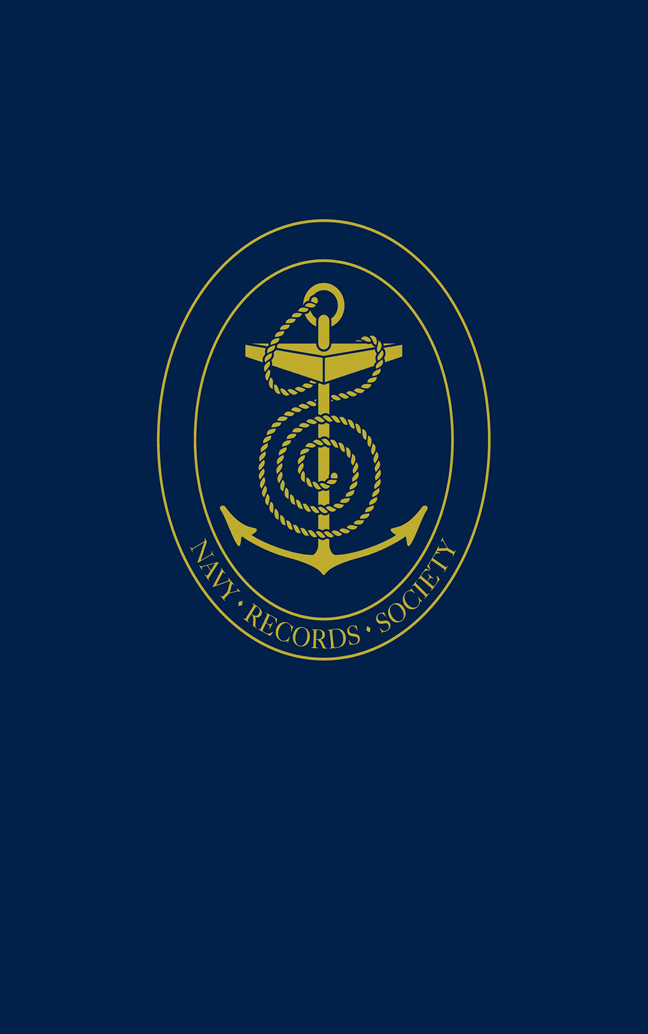 Papers and Correspondence of Admiral Sir John Thomas Duckworth
Papers and Correspondence of Admiral Sir John Thomas Duckworth Published online by Cambridge University Press: 05 March 2024
Duckworth was familiar with the Caribbean around Jamaica and San Domingo/St Domingue from his time as interim commander-in-chief six years before, but not so much with the string of islands which stretched north from Guiana to Porto Rico, though as a British sailor he presumably knew a good deal at second-hand and he had been there briefly in 1793. Here there were colonies of six different European nations, Spain, France, the Netherlands, Denmark, and Sweden, besides Britain. Some of the non-British colonies had been conquered already – Surinam, Martinique – but Guadaloupe remained under French control, the Dutch and Swedish islands were still under metropolitan control, and the Spaniards held Porto Rico. So the British had the problem of controlling their own islands, and of holding onto those they had conquered, while simultaneously deterring enemies from fomenting risings and rebellions, or mounting counterattacks. The varieties of political control involved made it possible for privateers to operate, encouraged by the French, and there was always the possibility of major naval interventions from Spain or France, or both, since both had territories where a naval force could be based.
Since most of the fighting at St Domingue had ended after 1796, the region as a whole had become a naval backwater, and Duckworth's task was mainly to suppress privateers, organise convoys, and watch Guadal-oupe and Porto Rico [505–508]. To do this he had a single line-of-battle ship, his own Leviathan, and a varying group of frigates and smaller ships, not all of which were in good condition [509, 514]. Many of his smaller ships were employed in assembling and escorting convoys to Britain and they did not always return. Each colony needed at least one ship more or less constantly present in order to intercept raiders and privateers [506, 507, 522 are examples]. It was also an area of largely unsurveyed navigation, and one of his ships was lost even as he arrived [513]. And, of course, there were hurricanes and yellow fever and slave revolts.
Apart from the continuing and repeated general problems of the region, Duckworth had two particular issues to deal with in his time in office (which was in fact to be only eighteen months or so).
To save this book to your Kindle, first ensure [email protected] is added to your Approved Personal Document E-mail List under your Personal Document Settings on the Manage Your Content and Devices page of your Amazon account. Then enter the ‘name’ part of your Kindle email address below. Find out more about saving to your Kindle.
Note you can select to save to either the @free.kindle.com or @kindle.com variations. ‘@free.kindle.com’ emails are free but can only be saved to your device when it is connected to wi-fi. ‘@kindle.com’ emails can be delivered even when you are not connected to wi-fi, but note that service fees apply.
Find out more about the Kindle Personal Document Service.
To save content items to your account, please confirm that you agree to abide by our usage policies. If this is the first time you use this feature, you will be asked to authorise Cambridge Core to connect with your account. Find out more about saving content to Dropbox.
To save content items to your account, please confirm that you agree to abide by our usage policies. If this is the first time you use this feature, you will be asked to authorise Cambridge Core to connect with your account. Find out more about saving content to Google Drive.